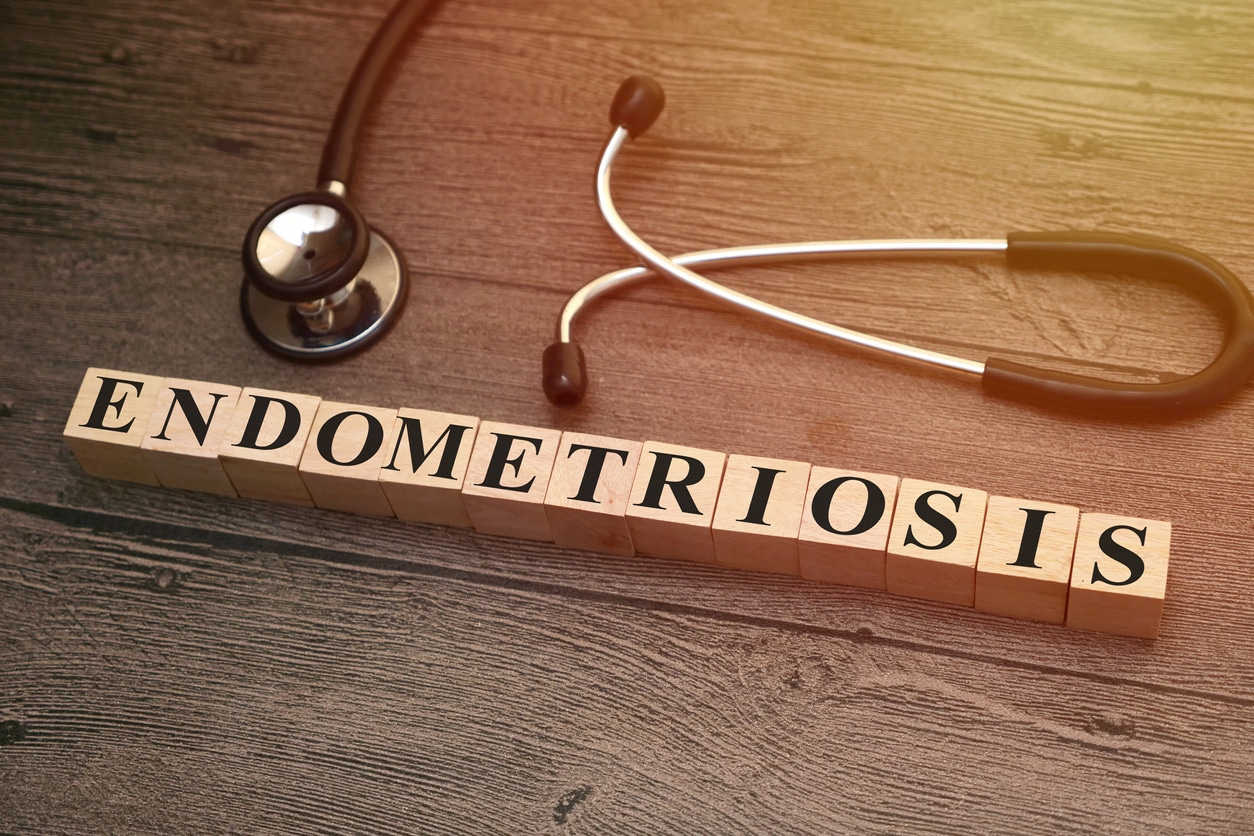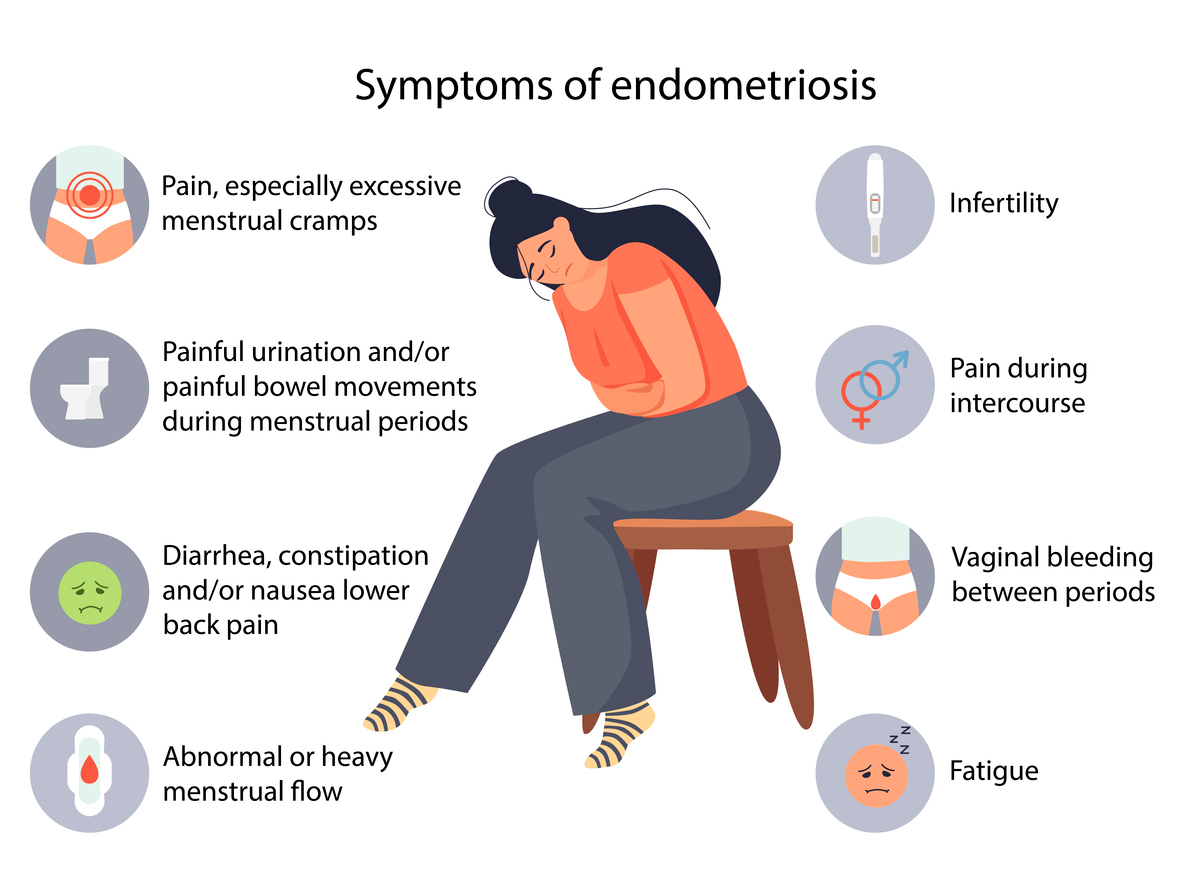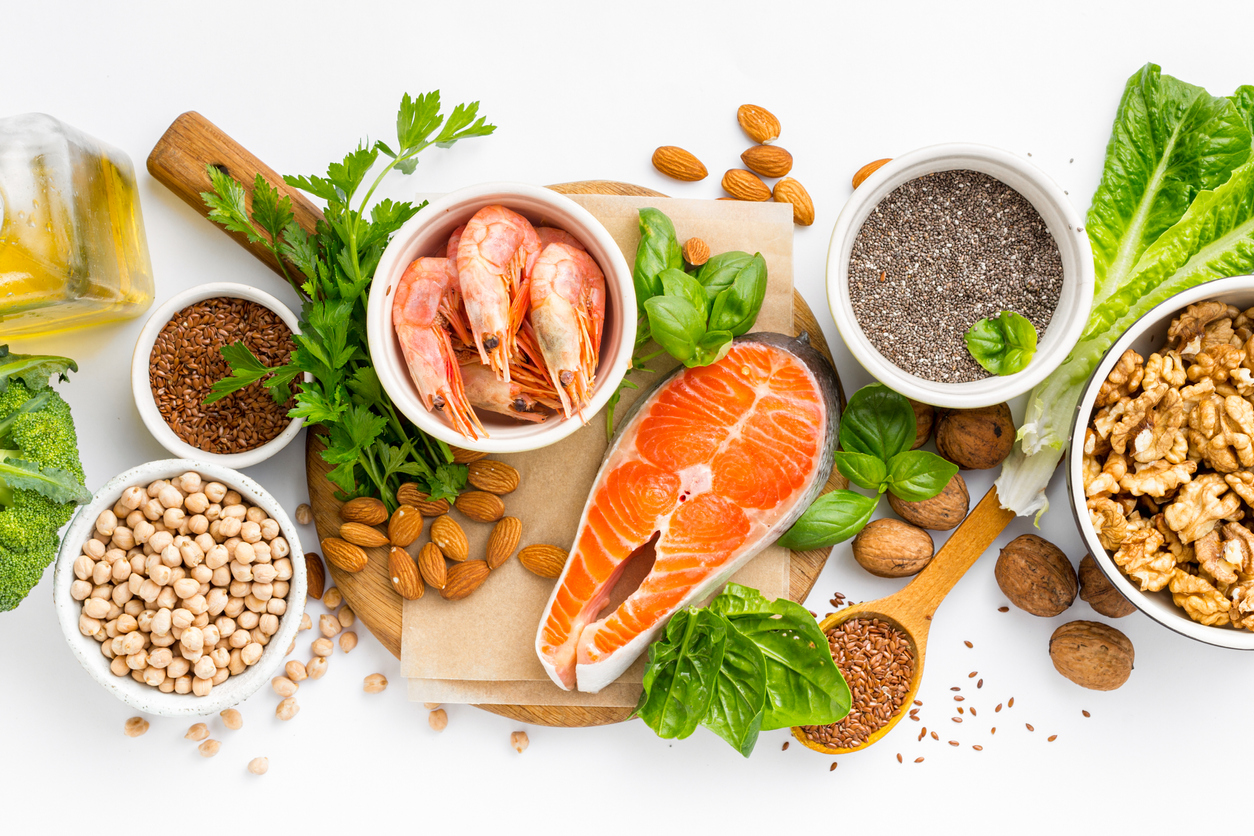
Endometriosis Symptoms, Causes, And Treatment: What You Need to Know
Endometriosis: It’s a big word to swallow. And, it sounds painful. The truth is — it is. This female disorder happens when tissue that naturally grows inside the uterus, lining its walls, ends up growing on the outside of the uterus. In extreme cases, this runaway tissue may even travel beyond the pelvic area. In most cases, however, endometriosis affects the lining of the uterus, ovaries, bowel, and pelvis.
Root Cause of Endometriosis
The root cause of this painful disorder is mysterious. Experts don’t really know the exact cause, but speculate that genetics and hormonal imbalances are the primary culprits of pelvic pain. Evidence also points to birth defects of the uterus that can lead to endometriosis later in life.
Another theory suggests that menstrual tissues, normally shed via menstruation, get backed up in the fallopian tubes. They then reach the abdomen, where they grow and implant themselves, causing the abdominal pain, and scarring, and sometimes damage to the sexual organs. Whatever the cause, what we do know is that endometriosis is a painful condition that’s no fun for any woman.
Fortunately, there are myriad ways to treat it, depending upon the condition’s severity as well as whether the patient hopes to become pregnant in the future.
Common Symptoms of Endometriosis

If you suffer from this disheartening gynecological issue, you most likely endure pain in your pelvic region and abdomen especially during menstrual periods. You might also experience extreme menstrual cramps. Also known as dysmenorrhea, this excessive cramping can affect not only the lower abdomen and pelvic area, but also the lower back. It often gets worse after sex. When this happens, it’s referred to as dyspareunia.
It’s important to note that the degree of pain felt isn’t a fair expression of the severity of the condition. Some women with severe endometriosis experience minimal pain or painful periods, while others with milder cases suffer from extreme pain.
We now know that 30-40 percent of women who have endometriosis experience infertility. Infertility is the outcome in the most severe cases of endometriosis, where scarring and organ damage has occurred. While most women who have endometriosis can still get pregnant, women with this disorder do experience lower rates of pregnancy than those without it.
How to Treat Endometriosis
Fortunately, conventional treatments and natural treatments for endometriosis abound. Conventional methods of treatment for endometriosis pain typically revolve around the severity of pain you’re experiencing and/or your desire to become pregnant.
In some cases, there is no treatment whatsoever, other than pain medication. In other cases, treatment consists of either hormone therapy for suppression or even surgery. As you can see, treatment plans are widely varied, and depend upon each woman’s individual experiences with endometriosis, and her desire to bear children.
The Best Endometriosis Diet: What to Eat

As always, it’s important to eat the kinds of foods that are going to nourish your body and mind, and cut out the stuff that’s not. To support the healing process during any form of treatment, you’ll want to eat a clean, organic, whole-foods diet. Choosing organic foods from the supermarket is important because pesticides and genetically modified foods can disrupt hormones. Clean foods enhance hormonal health and boost immune function.
Eating Anti-Inflammatory Foods Can Help Reduce Severe Pain
These foods might include wild-caught fatty fish such as:
- Salmon
- Sardines
- Rainbow Trout
Make Endometriosis Symptoms a Bit Easier to Deal With
Support your estrogen production with seeds:
- Flax Seeds
- Chia Seeds
- Hemp Seeds
Help Fight Pain and Inflammation with Avocados
While also increasing estrogen production, adding half of an avocado to your salads each day will ensure you reap the nutritional benefits.
Liver Detoxification Enhances Hormonal Health
Eating cruciferous veggies, which naturally detox your liver, is also a good idea. Cruciferous vegetables include:
- Cauliflower
- Broccoli
- Brussels Sprouts
- Cabbage
- Bok Choy
- Collard Greens
- Arugula
As always, do your best to drink clean water. Your best bet is fresh water sourced from a spring.
What to Avoid: Foods That Damage Your Hormones
What you eliminate from your diet is every bit as — if not more — important as the ones you do eat. When you cut out toxic foods from your daily routine, you naturally leave room for the good stuff.
- Avoid processed meats, such as lunch meats, which can cause pain and inflammation
- Stay away from conventional dairy products that contain harmful pesticides and steroids.
- Avoid eating sugar. It can increase pain while reducing your immune system’s ability to fight infection. To cater to your sweet tooth, choose natural sweeteners such as honey, maple syrup, stevia, and molasses rather than white sugar.
- Reduce or eliminate alcohol which has the same effect on hormonal health as those refined sugars do, so keep the evening drinking to a minimum, and cut out the spirits altogether if you can.
- Avoid cigarettes. Smoking causes hormonal imbalance, as well as damage, so if you haven’t yet kicked the smoking habit and you suffer from endometriosis, now is a good time to do so.
Topical Progesterone Creams for Endometriosis
Your OBGYN might prescribe a topical progesterone cream to increase progesterone production, as low levels of progesterone are often a primary factor in endometriosis.
Vitamin Supplements for Endometriosis
B vitamins are essential for endometrial tissue and hormone health. They promote estrogen production and work to rebalance hormones. Fish oil supplements may help decrease the pain and inflammation that comes with endometriosis.
Herbal Treatments for Endometriosis
Herbs can help reduce pain and support healthy hormone production. One herb in particular that’s believed to balance estrogen and progesterone levels is vitex, also known as chasteberry. If you do choose to incorporate this herb into your daily routine, consult with your OBGYN first, just to be safe.
What To Do If You Think You Have Endometriosis

If you suspect you might be suffering from this female condition, make an appointment with your OBGYN. He or she will study your medical history, initiate a physical and pelvic exam, and then perhaps perform a laparoscopy.
A laparoscopy is essential to see the extent of endometrial growths, where they’re located, and what forms of treatment you should follow. It’s only after a laparoscopy is performed that an official diagnosis of endometriosis is given. At this point, your OBGYN can ascertain the size of endometrial implants and whether or not your internal organs have been damaged to diagnose endometriosis.
As always, pay attention to what your body is telling you, and be open and honest with your OBGYN as you move forward with treatment. Together, you will find relief and comfort in your unique healing journey.
At OB/GYN Associates of Alabama, we can help you understand endometriosis and the range of treatment options available. Contact us to request an appointment.
Schedule Your Consultation
We’re honored you have chosen our practice, and we look forward to providing you with comprehensive and compassionate medical care!
